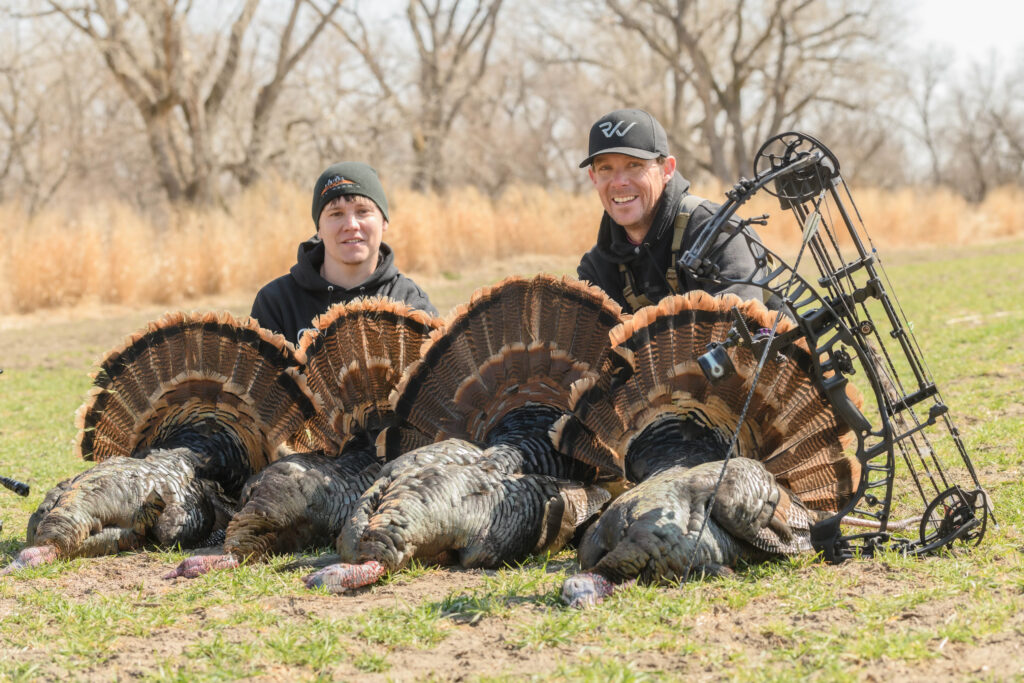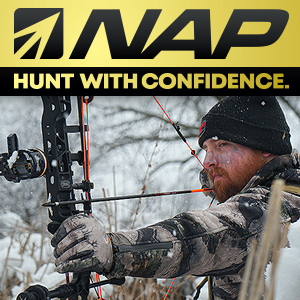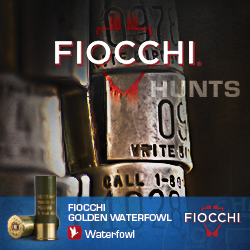Spring has sprung, and turkey seasons around the country are in full swing. Do you have the necessary instruments to coax in a boy bird? If so, do you know why you need them and what situations they are best for?
by Jace Bauserman
Have you ventured into the spring woods yet? Have you engaged in a lively conversation with a vocal springtime turkey? How did it play out? Did you emerge victorious, or did the longbeard outwit you?
I have chased turkeys around the country for the past twenty years. I’ve completed the Grand Slam twice and am currently Chasing 49, harvesting one turkey in each of the 49 U.S. states that harbor them.
I don’t tell you this to toot my horn. I want you to know that what you’re reading comes from decades of experience. If you need help calling toms or wish to increase your consistency, I can help.
Read on, friends!
The Box Call
There was a time when I didn’t have a box call in my ALPS turkey vest.
Why?
I listened to a man at a seminar tell the crowd that 90 percent of all turkey hunters rely solely on a box call, and for this reason, those wanting to call in a turkey should depend on other calls.
I have two thoughts on this. First, I agree. Many hunters use box calls, which are easy to operate and make quality sounds. Second, not having one in your vest is a bad idea.
As with any turkey call, I’ve learned to perfect my box-calling magic. With my trusty box-call duo, I can replicate every hen sound in the turkey vocabulary, and sometimes, turkeys want the authentic sound of a box and nothing else.
Why You Need A Box
I’ve already covered one reason: you can make every sound in the turkey vocabulary. Another case for carrying a box is that this call can run ultra-soft, on medium, or ultra-loud. I love this kind of customization.
I hunt a lot out West, and one thing I can always depend on is the wind. A box call is unique in that you make it extremely loud and sharp. That sharpness pierces the wind and makes a gobbler talk when nothing else will.
I have also had excellent luck with a box call when hunting in locales of high humidity. Heavy air will drown out a call, but the box cuts the heavy air and rings true.

A quality box call cuts through wind and humidity like nothing else.
Another reason a box call is an in-the-vest must-have is of all call types on the market, the box is the easiest to master. Box calls come in many wood types, and while most require chalk on the paddle and box edges, several require no chalk and will operate wet. Quaker Boy’s Hurricane, for instance, showcases a special coating on the underside of the paddle and box edges. This coating requires no chalk and allows the call to be run wet.
As good as the “special” coating box call types mentioned above are, I don’t think you can beat the authentic sound chalk creates. My number one go-to box call for years has been the Slingblade from HS Strut. Its steep, one-sided paddle construction and American Walnut and Purple Heart woods blend create incredible sounds. I’m also a big fan of David Halloran’s Checkered Short Box Call Purple Heart & Cedar and Primos’ Hook Up.
When considering your box call choice, don’t panic. There are many, many options on the market. My advice is to try a buddy’s call. Some sporting goods stores have box calls out and ready so you can test and tinker. At day’s end, purchase two, and practice with them often. You’ll be glad you did when Mother Nature is at her worst, humidity is high, or you find a tom that wants the pitch and tunes only a box call can create.
The Pot-And-Peg
I’m biased here, and you must know that when going into this section. I’m a pot-and-peg fanatic, and with these circular calls and wooden pegs, I’ve called in more gobblers than I can count. I’ve also spent a small fortune on these calls.
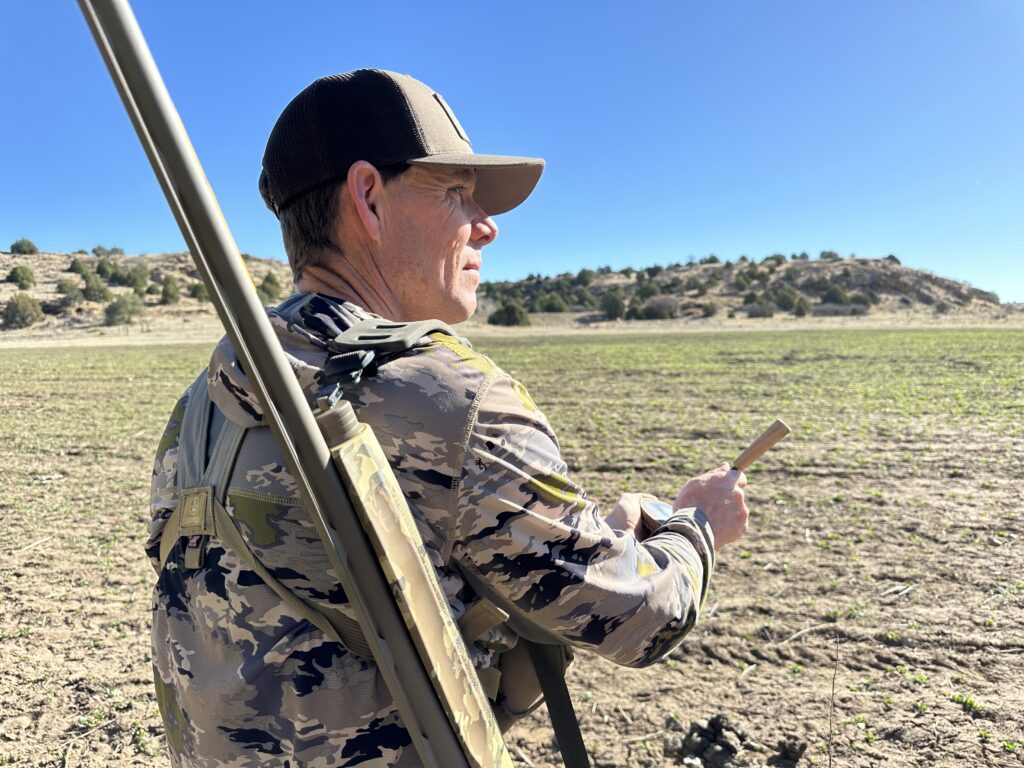
Like the box call, a pot-and-peg creates realistic custom sounds, and these calls come in surface types of glass, slate, ceramic, aluminum, and more. Different surfaces mean different sounds, and regardless of the surface, you can purchase various strikers made of other wood types to create custom sounds.
Why You Need A Few Pots & Several Pegs
My go-to surface is aluminum with a one-piece tuned Hickory striker and a two-piece tuned Purple Heart. The Hickory is an excellent dual-purpose striker, as you can run it soft or aggressively. The Purple Heart is a dense wood that pairs perfectly with aluminum to create remarkable cutts, cackles, and those loud raspy yelps a tom loves.
Having at least two pots and several pegs in your vest is essential. I always carry my aluminum and ceramic pots, but I have glass, crystal, and slate surfaces at home that I practice with regularly. The more you play with different slates and strikers, the more you learn about them.
One day, you’ll be calling, working the striker on the outer rim of the pot to create louder, higher-pitched sounds and working inward to make lower, more subtle tones. Suddenly, you’ll hit a few notes and know how amazing they sound. And that’s the key — play with different surfaces and sounds and learn to create hen talk. Learn to press down harder on the striker and pop it across the surface to create a cutt. Run it with medium pressure with short strokes to create clucks and purrs. Learn how and when to condition your call surfaces and your pegs.
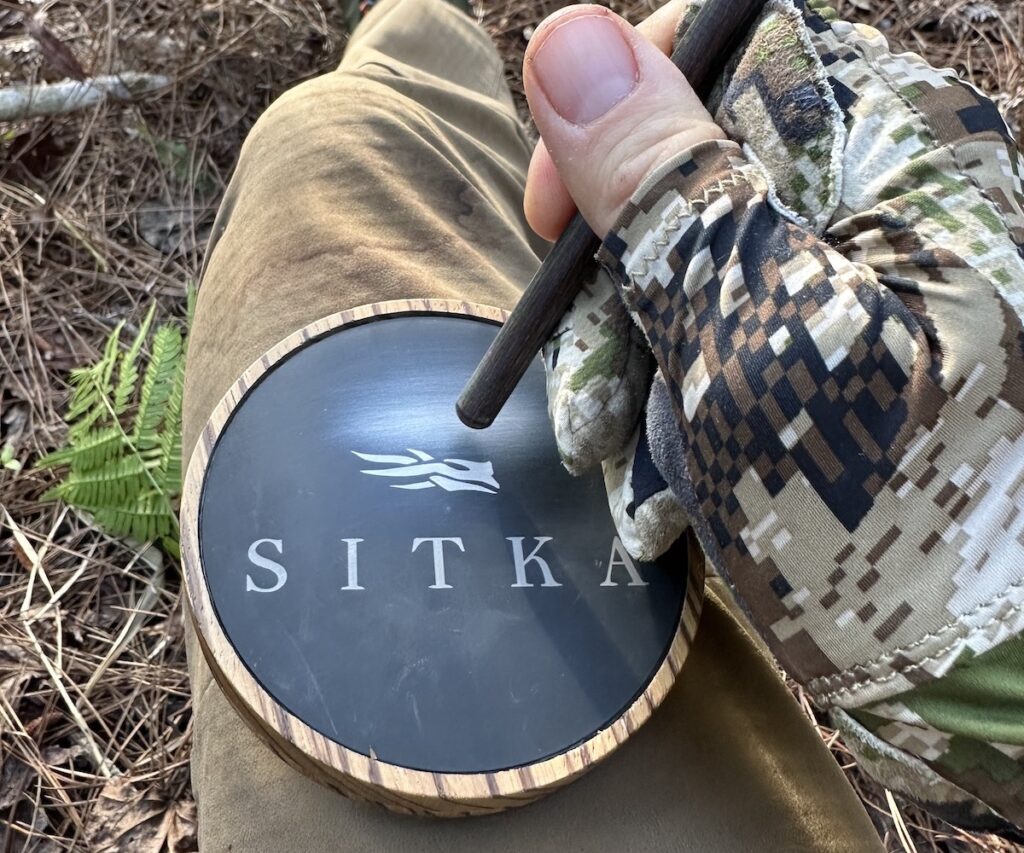
Pot-and-peg calls work well in most situations, and if you keep tinkering, you’ll find a combo that will break the beak of a tom on any given day. It’s also essential to have the ability to run your pot-and-peg without looking at it. When a gobbler is close, your head needs to stay still. For this reason, I practice regularly sitting down and looking straight ahead. I put a dab of pink nail polish on my call. This dab creates a dimple I can feel to ensure exact hand placement, and it’s also visible if I have to look.
The drawback to pot-and-peg calls is that they’re more challenging to run than a box call. They require practice. Take the time to master this turkey instrument, though, and you’ll call in and kill more toms.
The Diaphragm or Mouth Call
I penned that I’ve called more boy birds in with my pot-and-peg than any other turkey call, and that’s true. However, the mouth call runs a close second. Mouth calls are fantastic because they require no movement other than opening and closing your mouth. You can operate them hands-free, making them perfect for finishing birds.
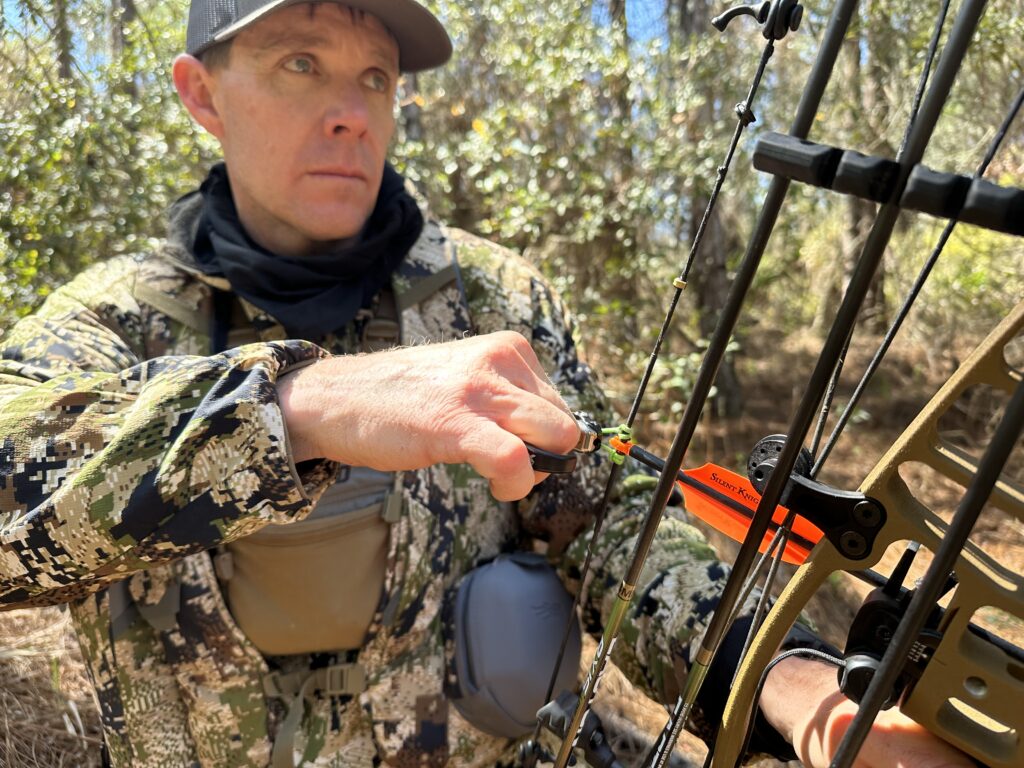
Mouth calls allow you to call to birds hands-free, which makes closing the deal much easier.
Mouth calls come in different tape styles and sizes, with countless latex cuts. They are reasonably inexpensive, so I recommend purchasing as many as possible from as many makers as possible. You’ll discover that simple double-reed calls are relatively easy to blow and create excellent hen talk, while more complex cuts like batwing, shipwreck, and others require more finesse and make crisper, more precise sounds.
My go-to diaphragms are Slayer’s Center Cut Triple Reed, WoodHaven’s Hyper Ninja, and the Beau Brooks Signature Series Batwing. These calls allow me to create tons of custom notes and sounds, and each has a different level of rasp due to the latex’s cut or cuts.

Why You Need Mouth Calls
The biggest reason you need a mouth call is hands-free operation. Another reason is that mouth calls create the most authentic hen sounds if you practice. You’ll dominate the spring woods when you can pop in a mouth call and create single yelps, double yelps, cutts, clucks, purrs, kee-kee runs, and more.
Something else I love about mouth calls is that when I want to go light and cover public land turkey ground, I stuff a few mouth calls in my around-the-neck diaphragm holder and go hunt. Mouth calls allow me to speak in loud, medium, or hushed turkey tones.
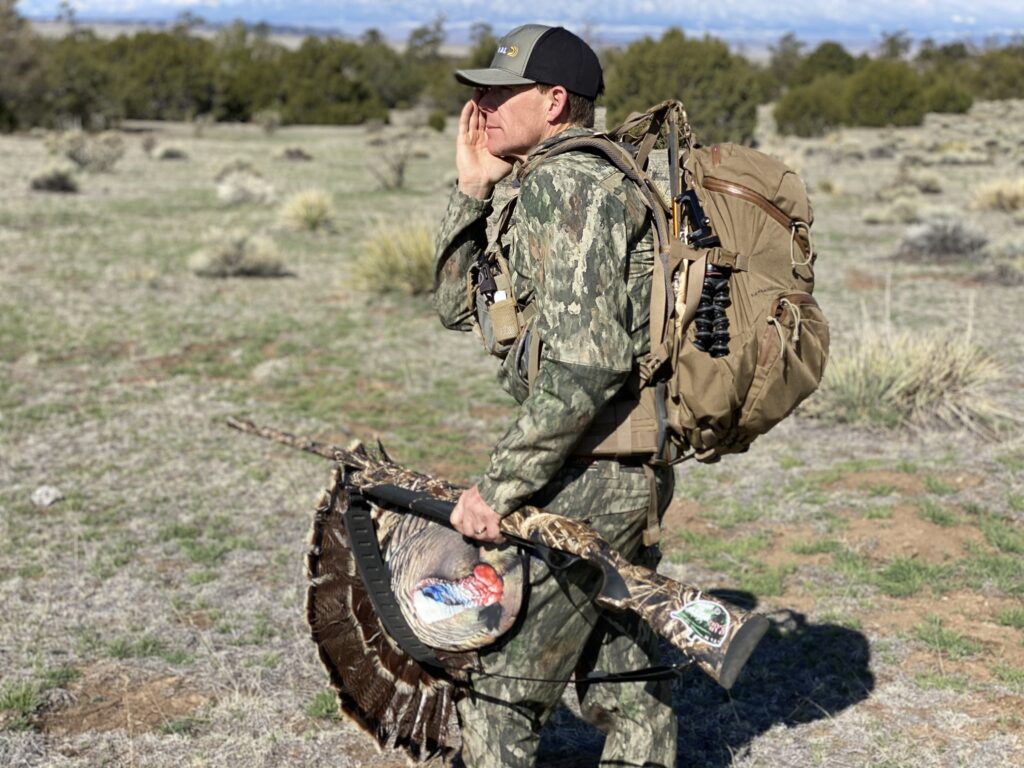
One mouth-call tip: Practice as often as you can. It’s easy because the calls are small and operate hands-free. Most often, I have a mouth call in if I’m driving alone in my car. When sitting in my home office working, I close the door, pop a mouth call in, and hit a few notes every few minutes.
There you have it — the turkey call breakdown. Now it’s time to get in the woods and chase a tom, or if you already have and the tom won, exact some revenge.
